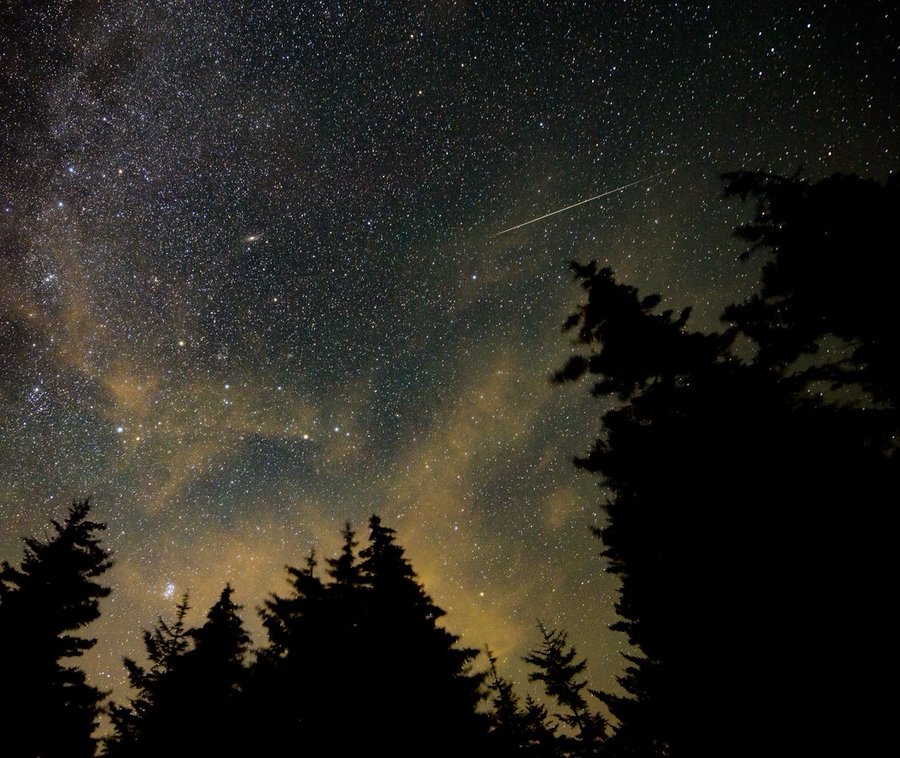Explained: The Eta Aquariid Meteor Shower and How to Spot It

Explained: The Eta Aquariid Meteor Shower and How to Spot It
The Eta Aquariid meteor shower, associated with Halley’s Comet, is set to peak on May 4 and 5, with burning space debris moving at speeds of around 66 km per second into Earth’s atmosphere.
Here’s everything you need to know about this celestial event and how to witness it.
Make this a special weekend by watching the skies! The eta Aquariid meteor shower will peak in the early hours of May 5, but there may be additional viewing opportunities from now through the 6th: https://t.co/bLR5V6GOs9 pic.twitter.com/kdEY2lw9jR
— NASA (@NASA) May 3, 2024
Understanding Comets and Meteor Showers:
– Comets, frozen leftovers from the formation of the solar system, consist of dust, rock, and ice, orbiting the Sun in elliptical orbits.
– When comets approach the Sun, they heat up, spewing gases and dust, forming a glowing head and a tail that can stretch millions of miles.
– Meteor showers occur when Earth passes through the debris left behind by comets in their orbital planes, resulting in grains of dust or rock burning up in the atmosphere, creating meteor tails.
The Eta Aquariid Meteor Shower:
– The Eta Aquariid meteor shower is formed when Earth passes through the orbital plane of Halley’s Comet.
– Known for its rapid speed, the Eta Aquariids produce long, glowing tails lasting several minutes.
– Approximately 30 to 40 meteors per hour can be seen during the peak, especially from the Southern Hemisphere, with fewer visible from the Northern Hemisphere.
How to Spot the Eta Aquariid Meteor Shower:
– The meteor shower will originate from the Aquarius constellation, hence the name ‘Eta Aquariid’.
– Look for the shower in the night sky, away from light pollution, ideally on clear nights.
– With minimum light interference, the shower can be observed with the naked eye, but using a basic telescope will enhance the viewing experience.
In summary, the Eta Aquariid meteor shower offers a captivating celestial display, best observed from locations with minimal light pollution, and can be enjoyed with the naked eye or enhanced with basic telescopes.









